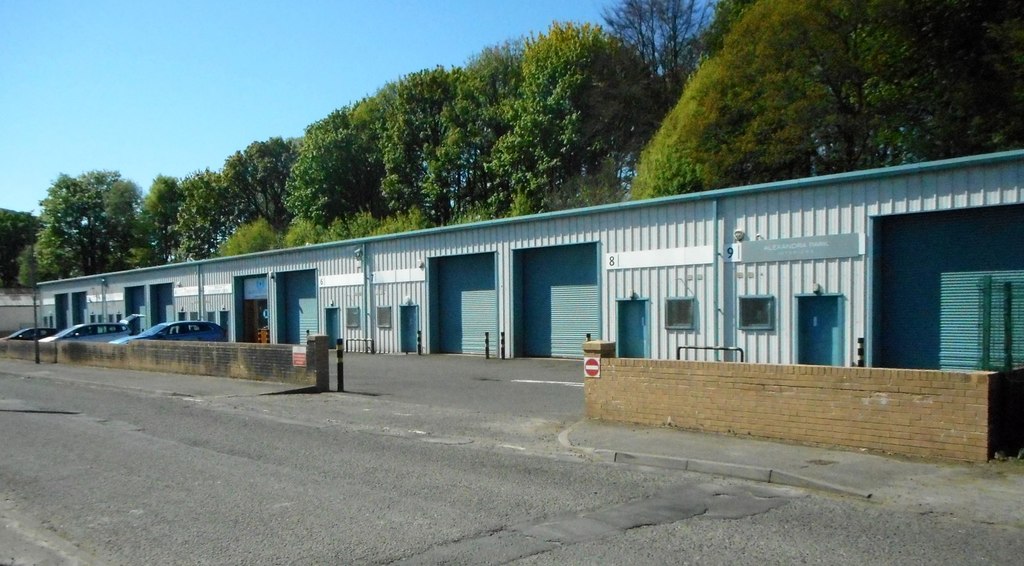Mailing List
To help us keep you updated with our handy guides and other useful news, please consider signing up to our mailing list.
It's quick and easy, and we promise not to send you spam or share your details with third parties.

Around a year on from the last lockdown, the impact of COVID-19 on businesses is clear to see. The way the majority of industries work has changed drastically during this time and it’s likely that we’ll never see a full return to the pre-lockdown “normal”. Now that we can (hopefully) put lockdowns behind us, many businesses need to look forward and adapt to the new demands and changing market standards for leases.
Flexible Term
The demand for flexible office space was exacerbated by COVID-19. Commitment to a lengthy institutional lease is now largely an unattractive prospect. We have seen leases being increasingly drawn up for shorter periods, often with flexible break terms. While this may be tenant-driven and in response to a decline in the number of office-workers and high street shoppers, it is not necessarily a disadvantage to landlords.
Tenant break clauses may provide a clearer structure to the lease and allow the landlord to monitor the tenant’s trading and better prepare for instances where the tenant will break. This has to be more beneficial for the landlord than trying to respond to a tenant insolvency or breach of covenant. It may also be the case that tenants are willing to pay a little extra for more flexible terms.
Rent
We have started to see an increase in the flexibility of rent payment terms (for instance moving towards a turnover-based rent which is calculated by reference to the profit the tenant makes trading at the property), and these trends are likely to continue to grow. Turnover-based rent is primarily seen in the retail sector and is generally used as a top-up to a base rent figure, rather than as a sole method of calculating rent. Such a form of rent is favourable for the tenant where it goes through a period of poor trading, and it potentially provides a greater incentive to the landlord to keep the property in good order.
Again, while this format of calculating rent does appear to be more beneficial to the tenant, it is not wholly unattractive to landlords. The potential benefits for the landlord are that it will see an increased rent during times of prosperity for the tenant, and, by allowing the tenant a degree of flexibility during times of hardship, it reduces the risk of tenant insolvency.
This is just a quick look at the ways in which leases have been adapted to keep up with an ever-changing market and, of course, the terms will vary from sector to sector.
If you are a landlord or tenant wanting a new lease drafted to reflect the current market conditions, please contact our Commercial Property department by emailing info@bhwsolicitors.com or calling 0116 289 7000.
Categorised in: Blog, Commercial Property, Covid-19
Tags: Commercial Agreements, Commercial Property, Coronavirus, Landlord, Landlord and Tenant